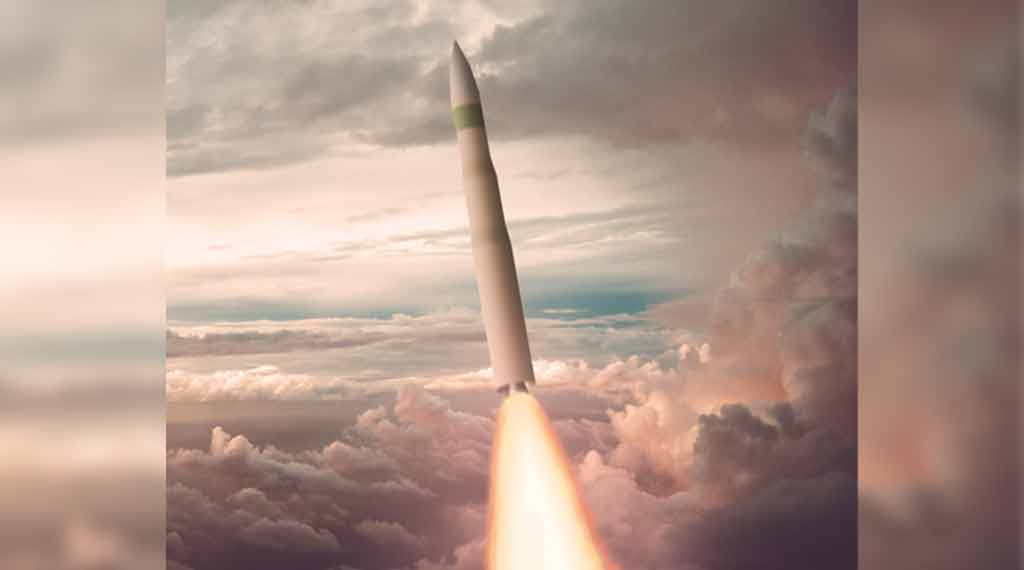$140,000,000,000: That’s the new cost for the NEW Sentinel ICBM

The U.S. Air Force’s Sentinel Program, aimed at modernizing its silo-based intercontinental ballistic missiles (ICBMs), faces rising costs and delays, prompting debate over its continuation. The new cost for the missile will reach $140 Billion.
-Initially conceived in 2016 to replace the aging Minuteman III missiles, the program has encountered significant cost overruns and extended timelines.
-Critics question the wisdom of persisting with the program, given its escalating expenses and potential further delays.
Proponents argue that updating the nuclear arsenal is crucial, especially in light of increasing missile capabilities from nations like China. The decision hinges on balancing the program’s costs with its strategic benefits in maintaining a robust nuclear deterrent.
- US Stands Up New Drone Strike Force in the Middle East - December 9, 2025
- Has Russia Finally Sold its Su-35s to Iran? - December 2, 2025
- Iran’s Growing Missile Arsenal Is a Challenge for Israel - November 18, 2025
